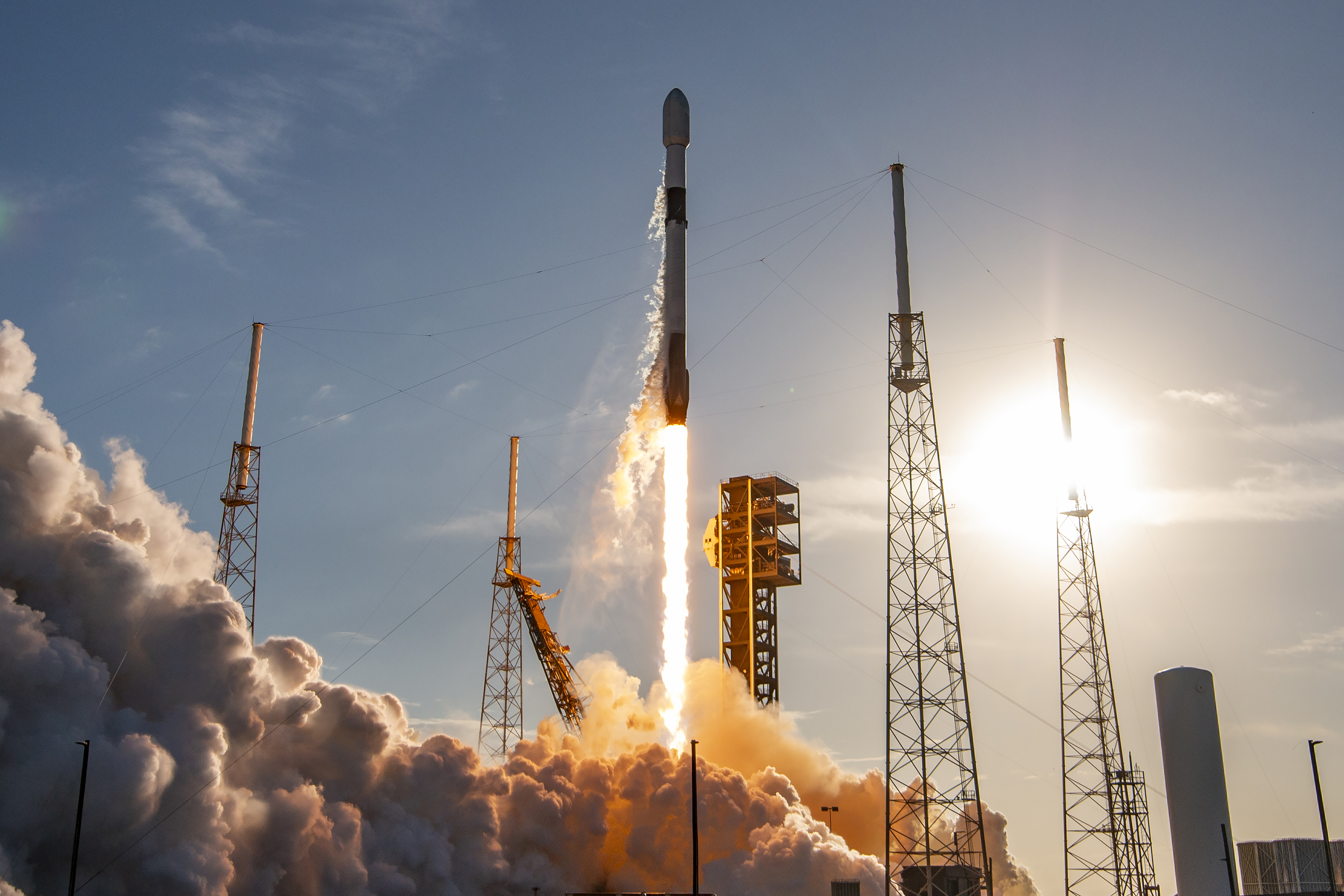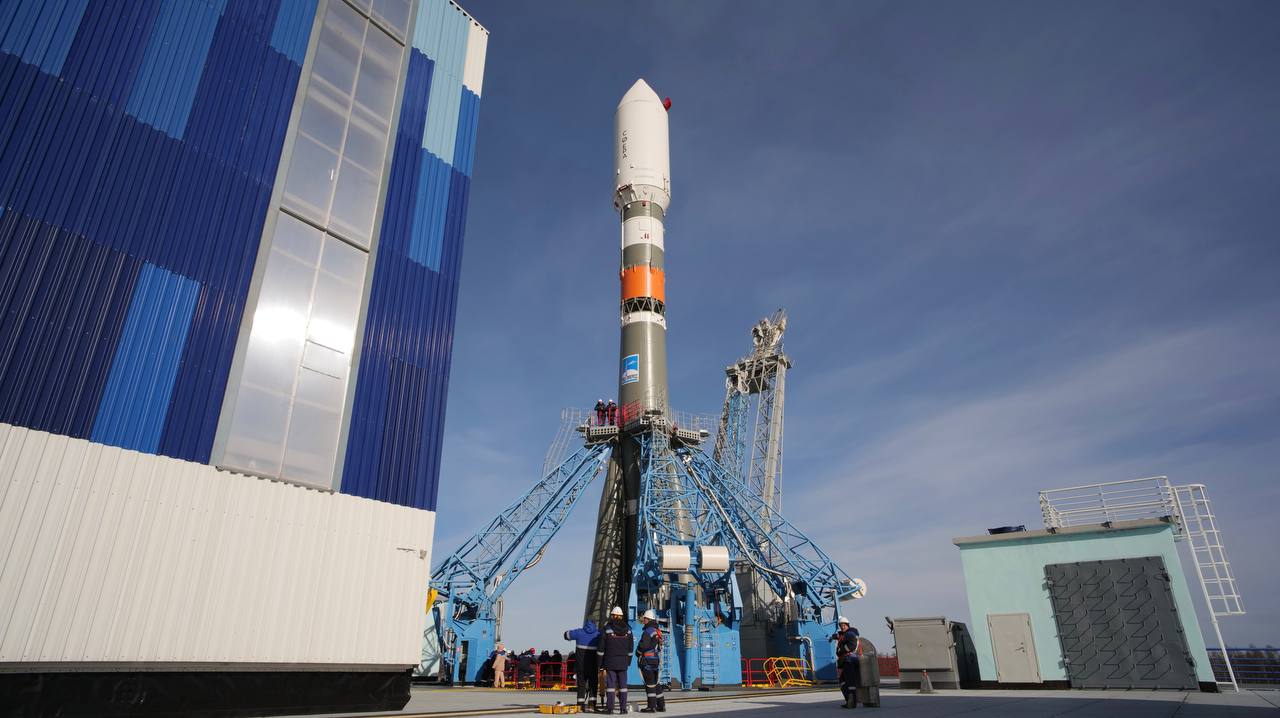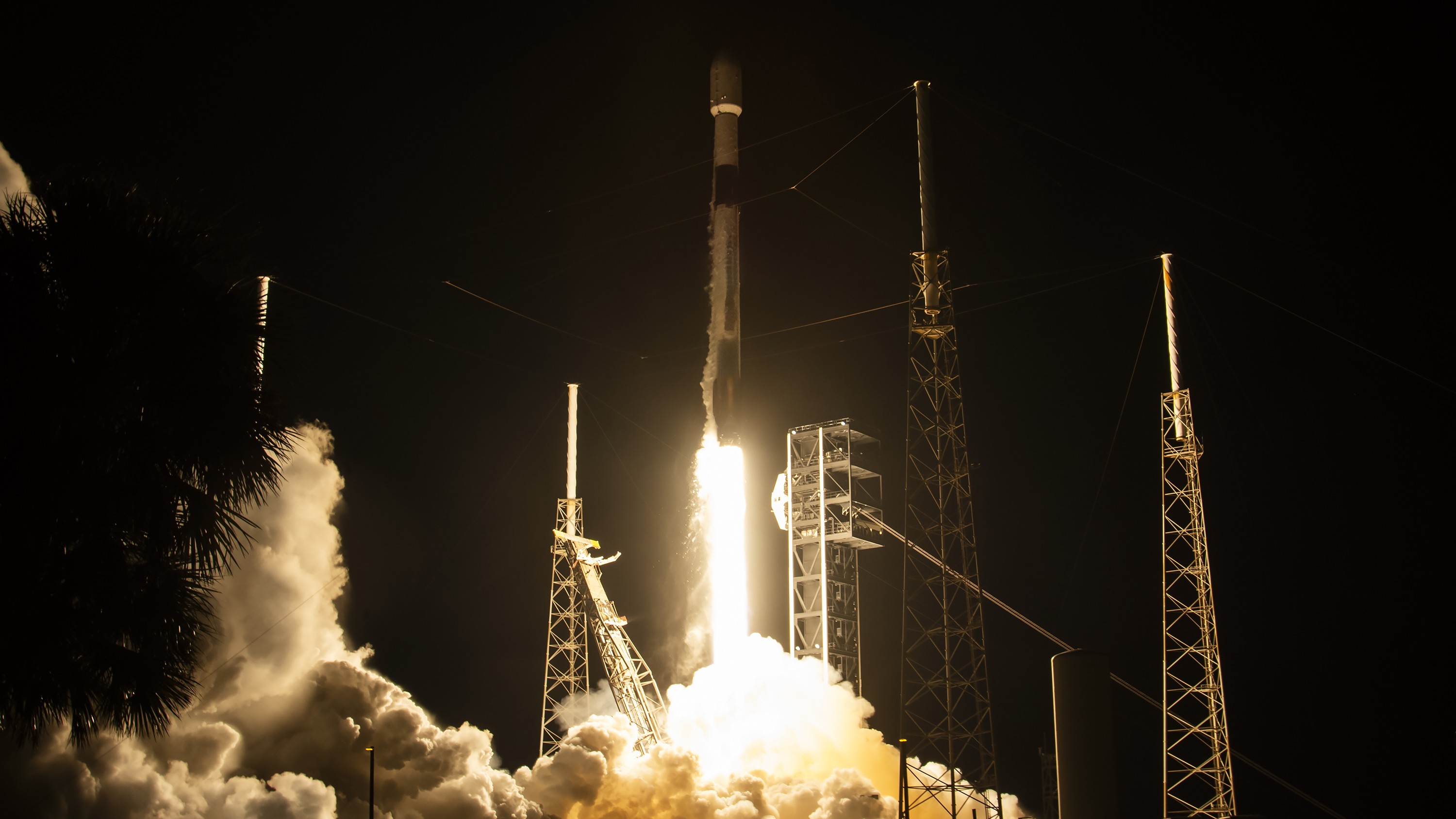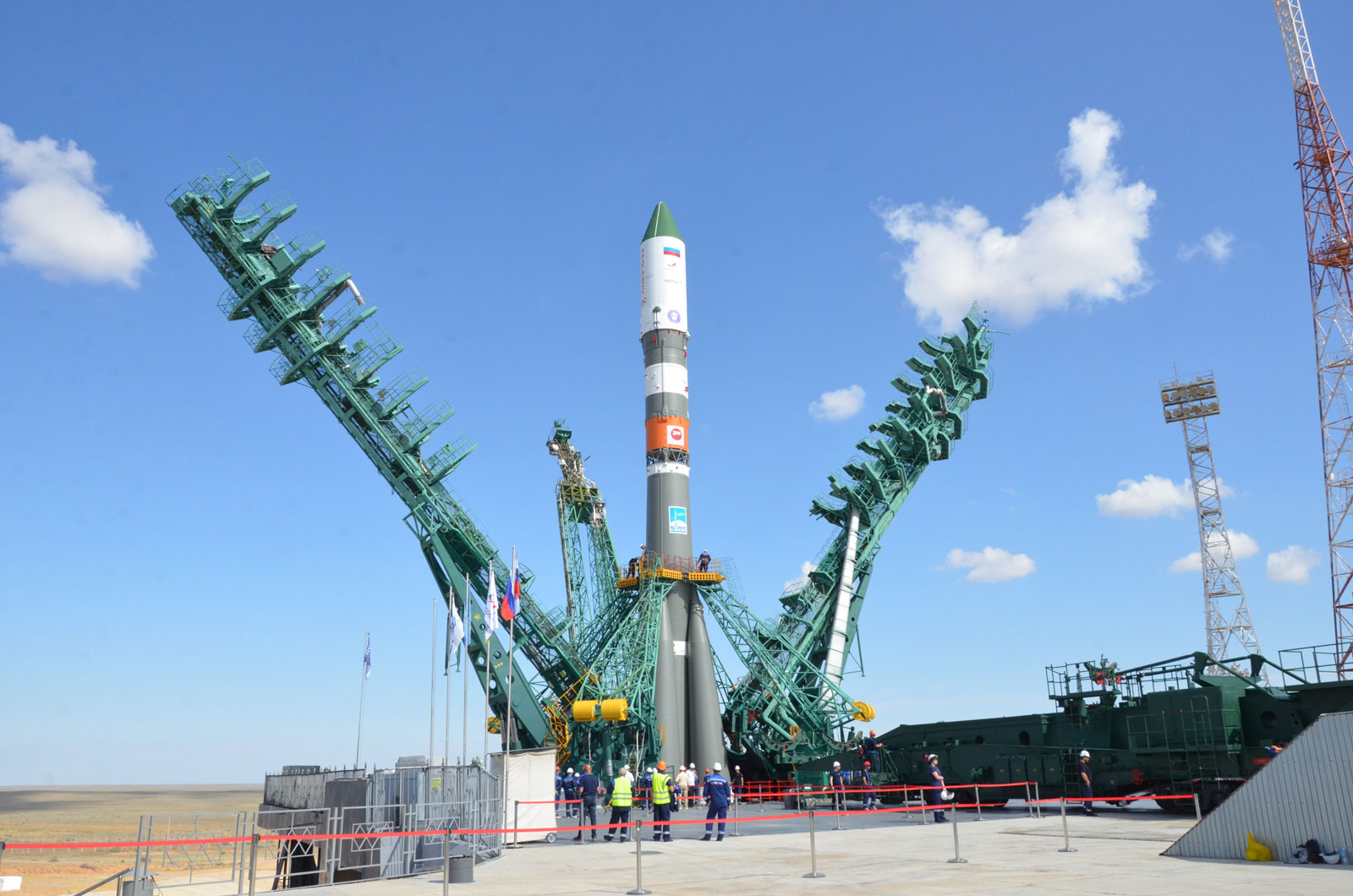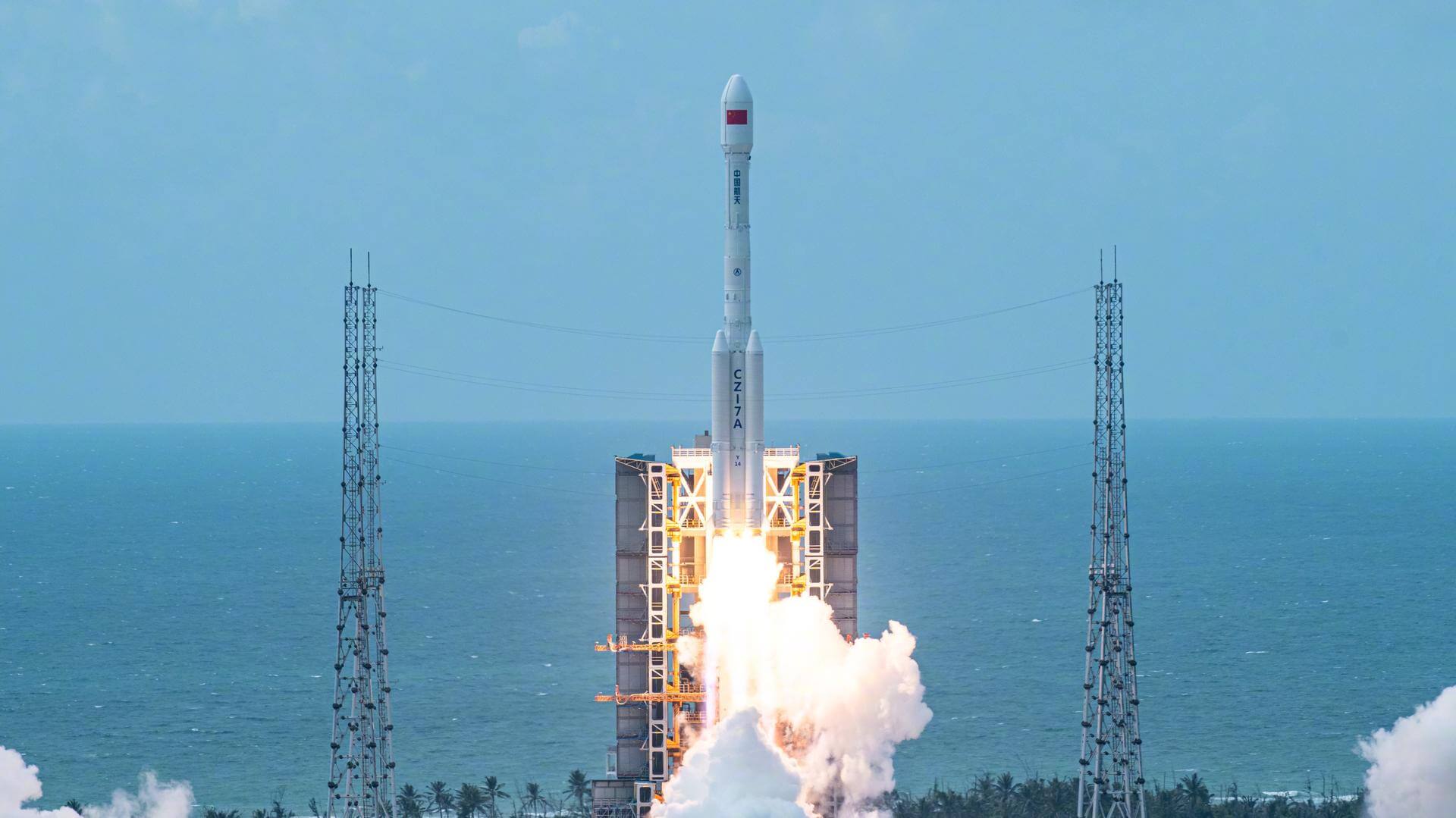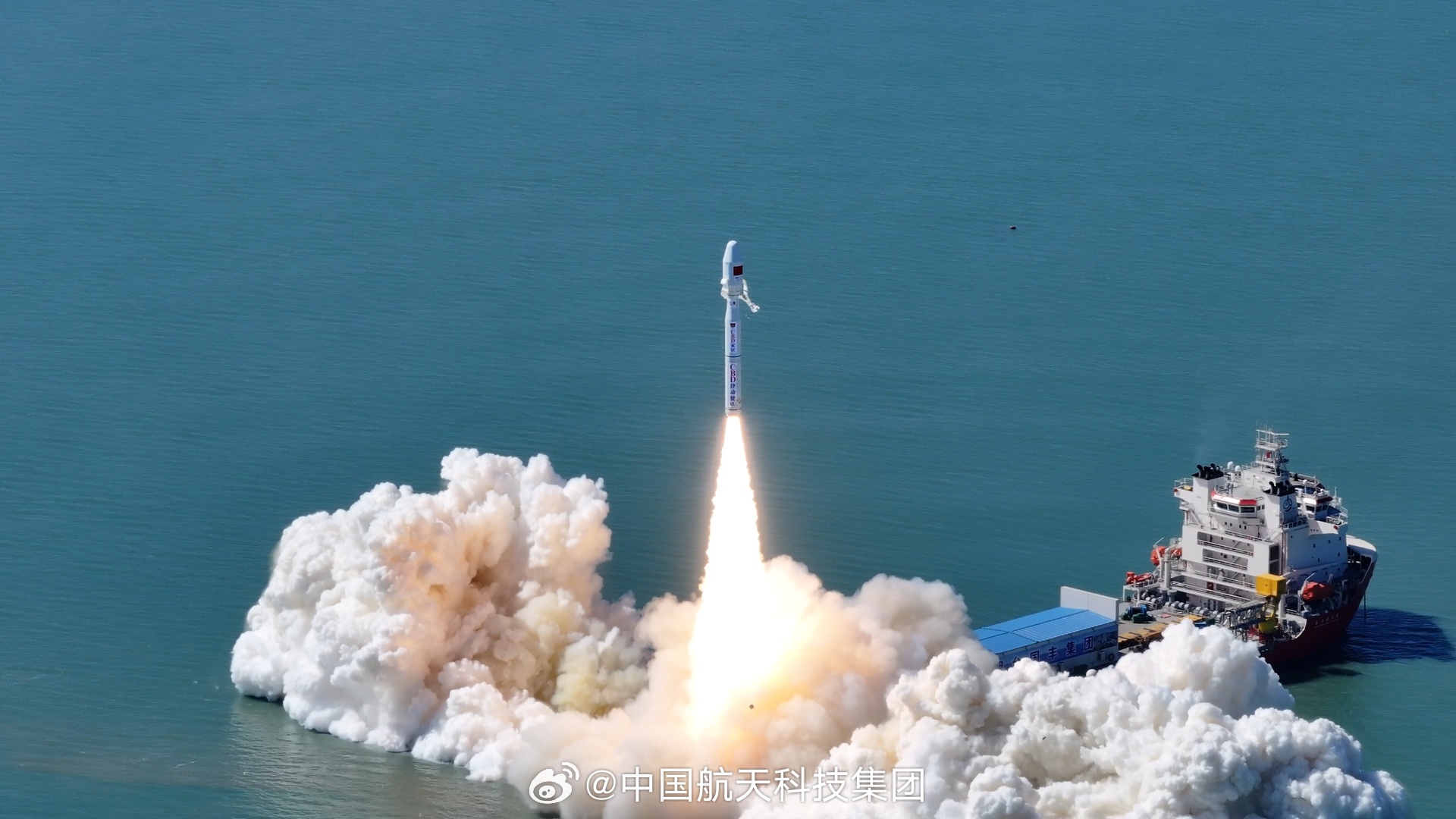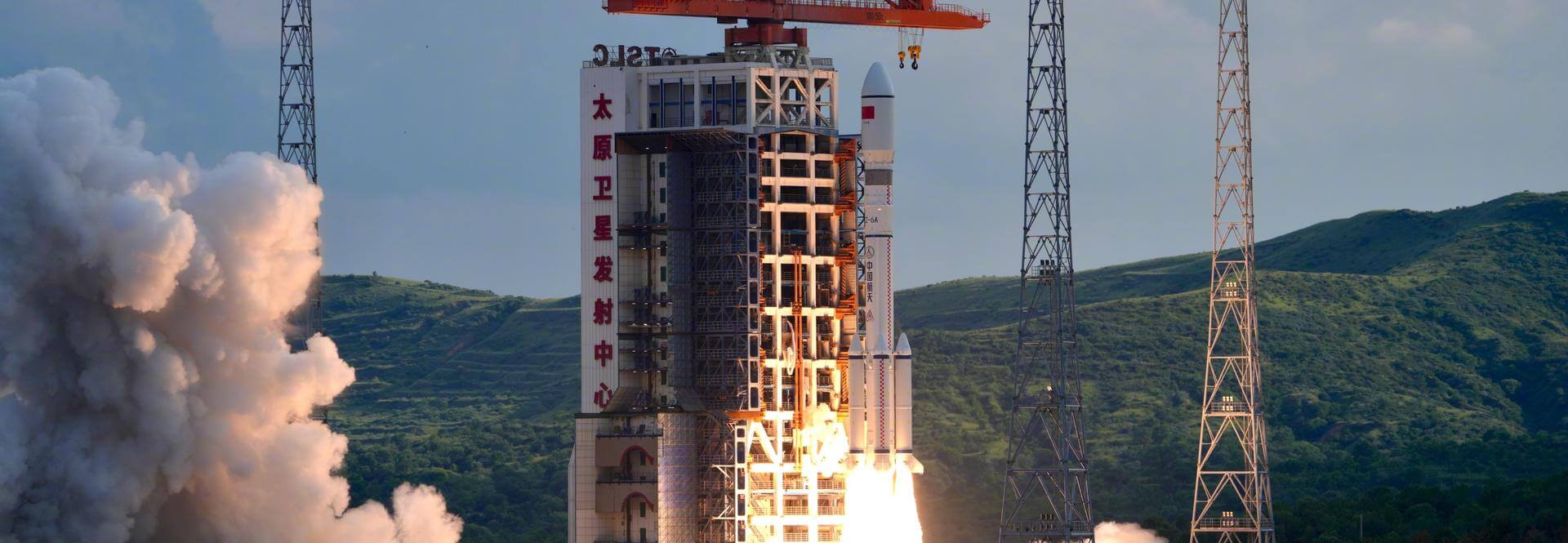Previous Spaceflight Launches
Filter by Agency, Locations or Vehicles
Show All LaunchesFalcon 9 Block 5 | Cygnus CRS-2 NG-23 (S.S. William “Willie” C. McCool)
SpaceX | United States of AmericaCape Canaveral SFS, FL, USA
Sept. 14, 2025, 10:11 p.m.
Status: Launch Successful
Mission:
This is the 23rd flight of the Northrop Grumman's uncrewed resupply spacecraft Cygnus and its 22nd flight to the International Space Station under the Commercial Resupply Services contract with NASA.
Low Earth Orbit B1094 - Flight Proven ( ) Landing Zone 2Falcon 9 Block 5 | Starlink Group 17-10
SpaceX | United States of AmericaVandenberg SFB, CA, USA
Sept. 13, 2025, 5:55 p.m.
Soyuz 2.1b/Fregat | Glonass-K1 No. 18 (Kosmos 2595) & Kosmos 2596
Progress Rocket Space Center | RussiaPlesetsk Cosmodrome, Russian Federation
Sept. 13, 2025, 2:10 a.m.
Status: Launch Successful
Mission:
Glonass-K1 are the third generation of satellite design for GLONASS satellite navigation system. GLONASS is a Russian space-based navigation system comparable to the similar GPS and Galileo systems. This generation improves on accuracy, power consumption and design life. Each satellite is unpressurized and weighs 935 kg, and has an operational lifetime of 10 years. This launch also carries Mozhayets-6 (Kosmos 2596), a small experimental satellite built by the Mozhaiskiy Military Space Academy of St. Petersburg.
Medium Earth OrbitFalcon 9 Block 5 | Nusantara Lima
SpaceX | United States of AmericaCape Canaveral SFS, FL, USA
Sept. 12, 2025, 1:56 a.m.
Soyuz 2.1a | Progress MS-32 (93P)
Progress Rocket Space Center | RussiaBaikonur Cosmodrome, Republic of Kazakhstan
Sept. 11, 2025, 3:54 p.m.
Falcon 9 Block 5 | SDA Tranche 1 Transport Layer B
SpaceX | United States of AmericaVandenberg SFB, CA, USA
Sept. 10, 2025, 2:12 p.m.
Status: Launch Successful
Mission:
Tranche 1 Transport Layer B is one of six missions by the United States Space Force Space Development Agency (SDA) for the Proliferated Warfighter Space Architecture (PWSA) Tranche 1 Transport Layer constellation, which will provide assured, resilient, low-latency military data and connectivity worldwide to the full range of warfighter platforms from Low Earth Orbit satellites. The constellation will be interconnected with Optical Inter-Satellite Links (OISLs) which have significantly increased performance over existing radio frequency crosslinks. It is expected to operate over Ka band, have stereo coverage and be dynamically networked for simpler hand-offs, greater bandwidth and fault tolerance. This launch carries 21 satellites manufactured by York Space Systems.
Polar Orbit B1093 - Flight Proven ( ) Of Course I Still Love YouLong March 7A | Yaogan 45
China Aerospace Science and Technology Corporation | ChinaWenchang Space Launch Site, People's Republic of China
Sept. 9, 2025, 2 a.m.
Smart Dragon 3 | Geely Constellation Group 05
China Rocket Co. Ltd. | ChinaHaiyang Oriental Spaceport
Sept. 8, 2025, 7:48 p.m.
Falcon 9 Block 5 | Starlink Group 17-9
SpaceX | United States of AmericaVandenberg SFB, CA, USA
Sept. 6, 2025, 6:06 p.m.
Long March 6A | Yaogan 40 Group 03
China Aerospace Science and Technology Corporation | ChinaTaiyuan Satellite Launch Center, People's Republic of China
Sept. 6, 2025, 4:34 p.m.
